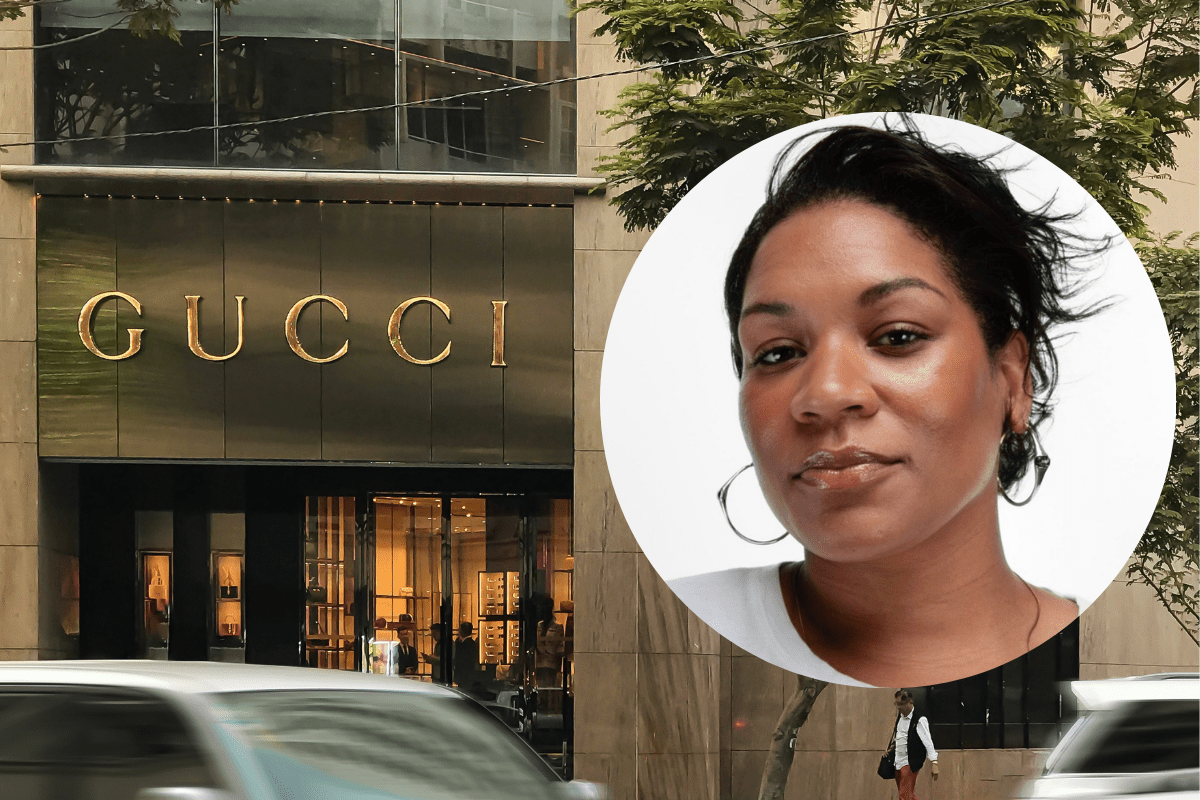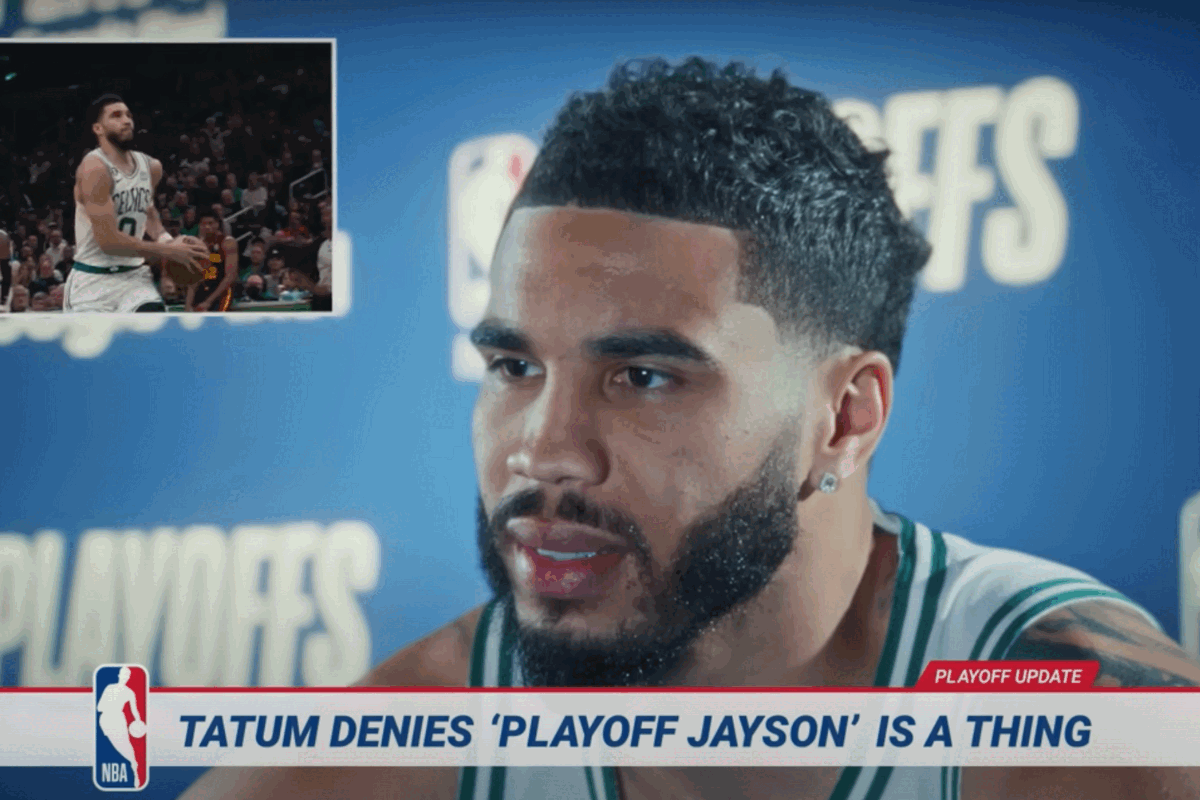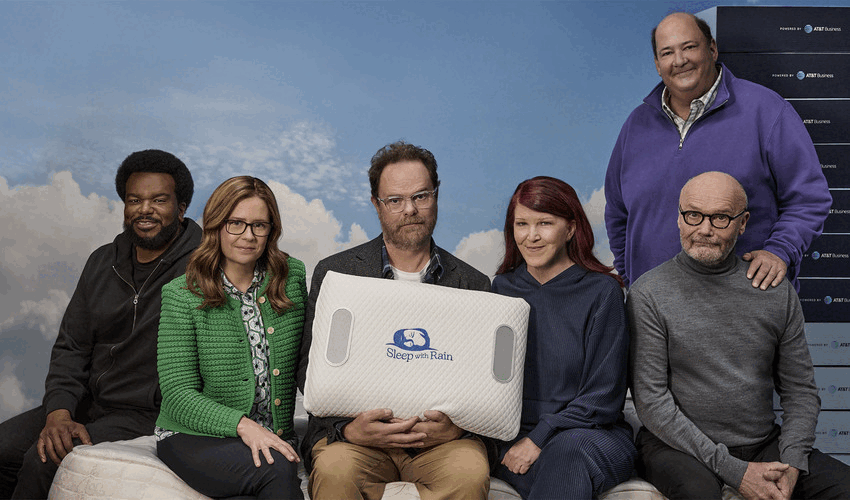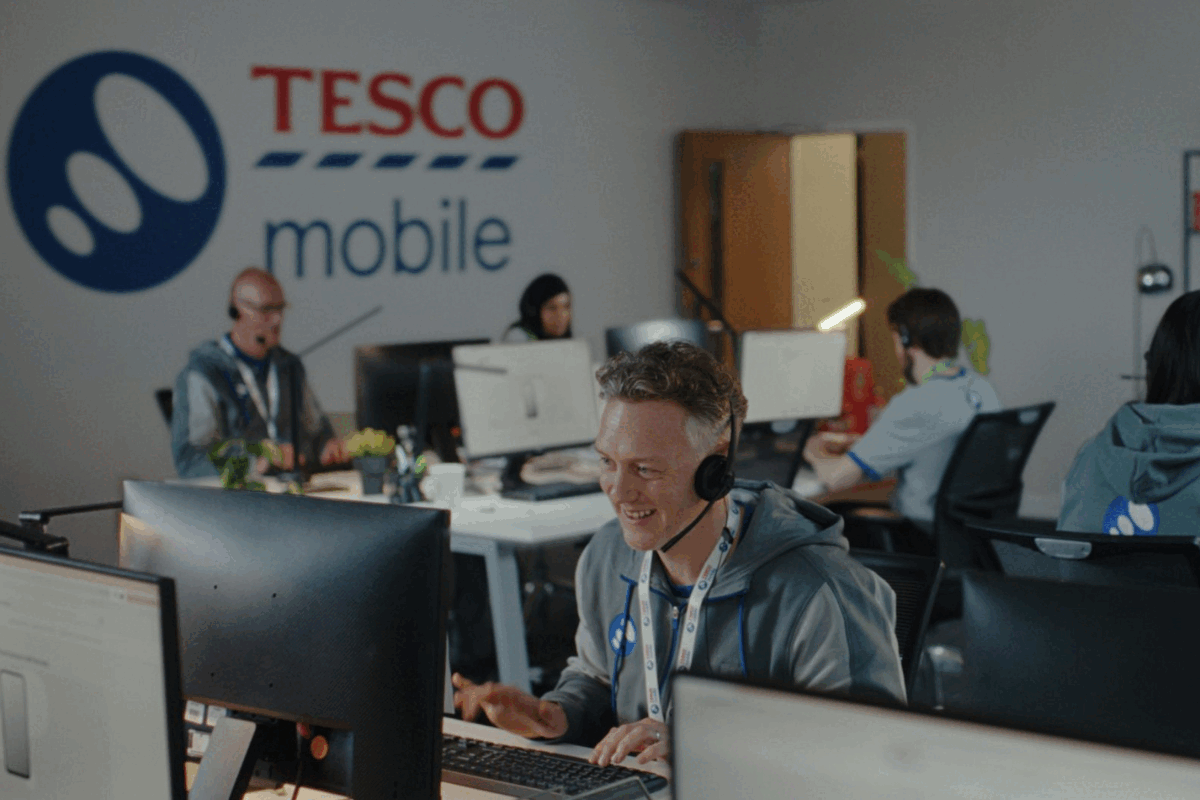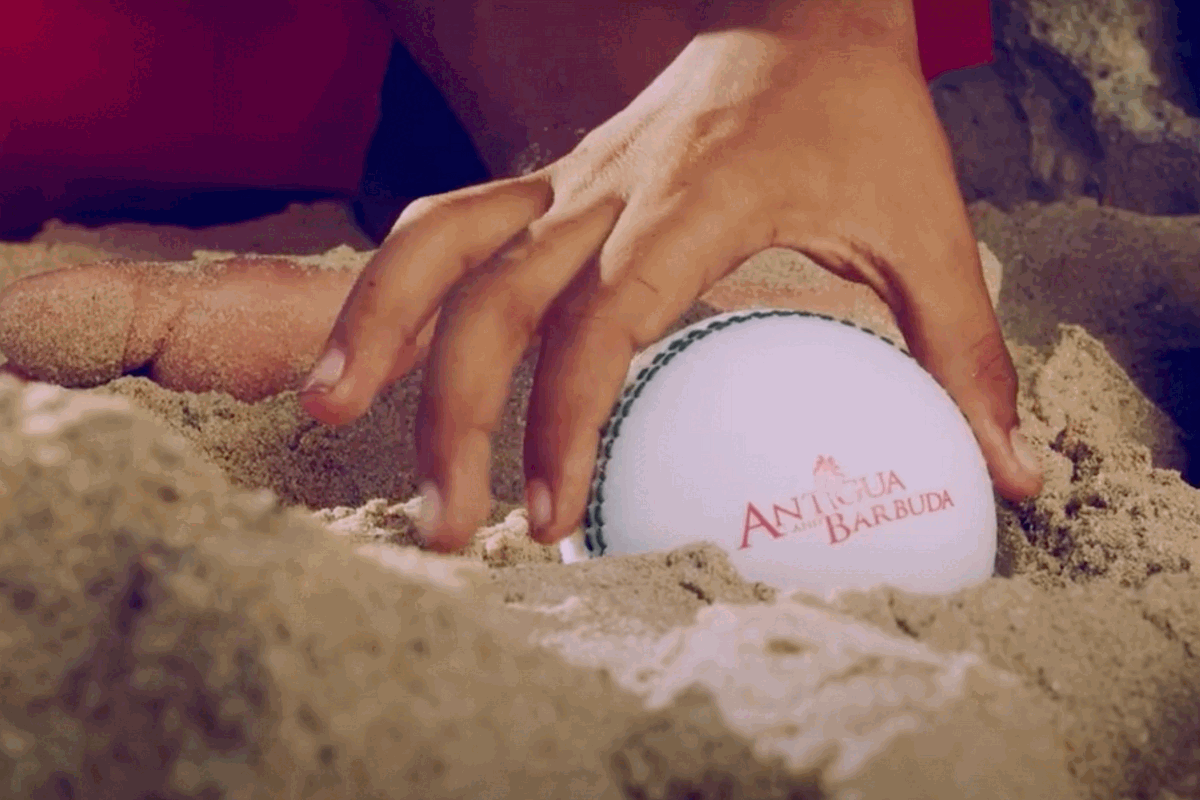2022 Award Winners: Location, Paid Social, Pandemic and Performance Marketing Campaigns
- Thursday, November 24th, 2022
- Share this article:
The winners of the 2022 Effective Mobile Marketing Awards were announced at an online Awards Ceremony last Friday. All this week, we’re taking a closer look at the winner in each category, continuing today with the winners of the Location, Paid Social, Pandemic and Performance Marketing Campaign categories.
Most Effective Location Campaign
Simpli.fi – Fast Food Brand Increases Visits for Multiple Locations with Simpli.fi’s Advanced Location Targeting
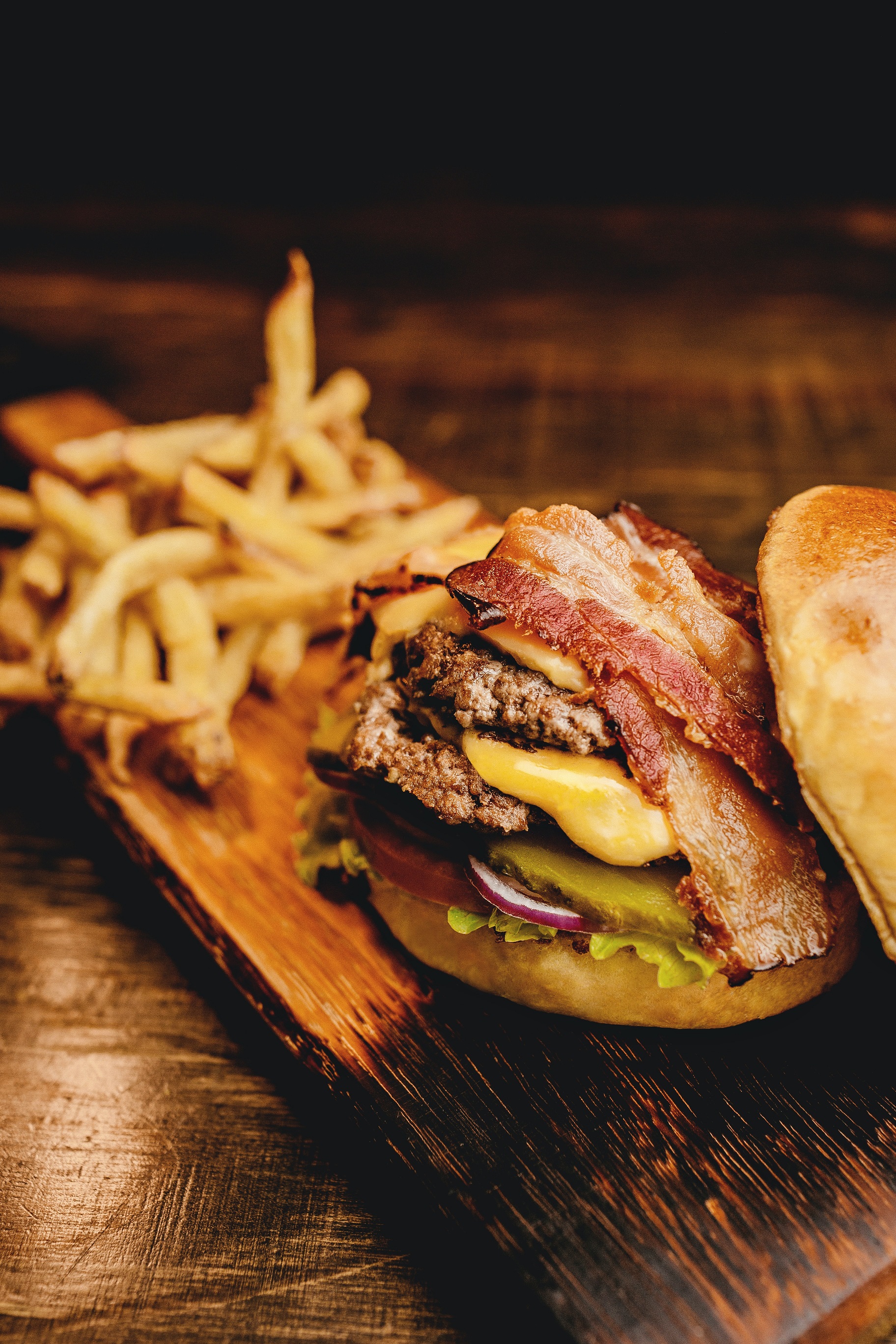 From January to April 2021, fast food restaurants experienced a 33 per cent increase in the number of visits nationwide (SmallBizTrends). As fast food consumption grows, this presents an opportunity for advertisers to drive in-person visits to their locations and attribute store traffic to their campaigns. With this campaign, a large burger chain in the Northeast and Midwest US wanted to drive visits to its stores and promote a new Impossible Burger offering. Its agency had recently partnered with Simpli.fi to leverage accurate location-based targeting tactics and granular attribution for national multi-location brands. It recommended the advertiser use Simpli.fi’s precise solutions for addressable programmatic and geofencing to accomplish its goals. The agency also sought to use Simpli.fi solutions alongside existing third-party segments to compare performance and optimize to the highest performing tactics. The advertiser wanted to implement two separate campaigns with distinct goals. First, to drive visits and measure foot traffic for 353 of their locations. Second, to promote a new vegetarian Impossible Burger menu item.
From January to April 2021, fast food restaurants experienced a 33 per cent increase in the number of visits nationwide (SmallBizTrends). As fast food consumption grows, this presents an opportunity for advertisers to drive in-person visits to their locations and attribute store traffic to their campaigns. With this campaign, a large burger chain in the Northeast and Midwest US wanted to drive visits to its stores and promote a new Impossible Burger offering. Its agency had recently partnered with Simpli.fi to leverage accurate location-based targeting tactics and granular attribution for national multi-location brands. It recommended the advertiser use Simpli.fi’s precise solutions for addressable programmatic and geofencing to accomplish its goals. The agency also sought to use Simpli.fi solutions alongside existing third-party segments to compare performance and optimize to the highest performing tactics. The advertiser wanted to implement two separate campaigns with distinct goals. First, to drive visits and measure foot traffic for 353 of their locations. Second, to promote a new vegetarian Impossible Burger menu item.
Together, the advertiser, agency, and Simpli.fi created a strategy to drive foot traffic to 353 stores in 11 DMAs (Designated Market Areas) across nine states by curating and activating a custom addressable audience and deploying geofencing to conquest competitor locations. For both campaigns, the team set a target of a $5 Cost Per Store Visit to one of its restaurant locations. Additionally, it used Simpli.fi’s Geo-Conversion Lift metrics to measure incremental visits to its restaurants from the targeted locations attributable to the campaign.
Simpli.fi’s Addressable Audience Curation tool was used to build a custom household-level audience in real-time based on location data, and by choosing from more than 700 demographic variables. The team curated a list of more than 10.1m households with consumers aged 18-24 and 25-44, and who also were likely to visit QSR locations.
Simpli.fi’s Addressable Geo-Fencing solution used GPS data paired with plat lines to match each address to the exact physical location, shape, and size of the property. The system then automatically built a target fence around each property to serve display, pre-roll, and OTT/CTV ads across devices within each household. The team also deployed geofencing to conquest competitors by targeting users who were visiting other nearby QSR locations, including McDonalds, Burger King, Taco Bell, Dunkin’, and Hardee’s. With Simpli.fi’s variable recency settings, the advertiser could target potential customers with ads for up to 30 days after they visited a target-fenced business.
The campaign leveraged Simpli.fi’s cross-device matching capabilities to serve both display and pre-roll video ads to the same user across multiple devices such as smartphones, desktops, and tablets. Finally, the team drew a Conversion Zone around each of the 353 locations to measure the number of users who visited one of the restaurants in-person after having been delivered an ad. This allowed the agency to report on individual store visits attributable to the Addressable Geo-Fencing or geofencing campaigns. Simpli.fi set up the campaign so that each tactic, creative, and city was broken out to optimize and report on each store individually.
In total, the brand measured more than 215,000 visits at a CPV of just $1.09, easily beating the $5 goal. Furthermore, using Simpli.fi’s Geo-Conversion Lift reporting, the advertiser measured a 31.76 per cent growth in incremental visits to its restaurants. This increase highlights the percentage difference between customers who visited the desired locations after receiving an ad versus those who naturally visited the location without receiving an ad.
Judges’ View:
“Simplif.fi do this type of thing really well, and the results here speak for themselves.”
Most Effective Paid Social Campaign
Product Madness – Product Madness TikTok Campaign
 With this campaign, Product Madness wanted to look beyond standard social media platforms to reach different audiences and hitherto unplumbed demographics for its portfolio of games. It needed a new partner to aid it in driving quality traffic, while delivering a strong return on ad spend. On close investigation, TikTok looked like it might be the answer, given its rapid growth, record amounts of user engagement, and a highly desirable set of demographics: 60 per cent of its users are aged 16-24, and a further 26 per cent are aged 25-44. Both these age ranges still have a great deal of mileage in terms of impact and engagement.
With this campaign, Product Madness wanted to look beyond standard social media platforms to reach different audiences and hitherto unplumbed demographics for its portfolio of games. It needed a new partner to aid it in driving quality traffic, while delivering a strong return on ad spend. On close investigation, TikTok looked like it might be the answer, given its rapid growth, record amounts of user engagement, and a highly desirable set of demographics: 60 per cent of its users are aged 16-24, and a further 26 per cent are aged 25-44. Both these age ranges still have a great deal of mileage in terms of impact and engagement.
The objectives for Product Madness were clear – expand its audience and user base, and target the TikTok generation of early adopters for Product Madness user acquisition, while maximising ROAS. Diversification was also a key goal, with the platform offering a new stream of inventory to support scale alongside performance. Finally, Product Madness firmly believed in TikTok’s ability to deliver, based on its strong presence in the gaming vertical.
For the campaign, Product Madness challenged its 100 influencers to create content for the platform, which resulted in triple the amount of new creatives, per ad, per week for the company to then use on TikTok. In the short term, it chose to promote its top three titles, using auction in-feed ads, adapting its creative style to the TikTok look and feel.
TikTok Ads Manager was used to set-up and run biddable ad campaigns for ‘Heart of Vegas’ and ‘Cashman Casino’, with the aim of converting installs into depositing users. The ad creative featured an enticing glimpse of real gameplay and a strong call to action, driving users towards the app.
In the long term, Product Madness went all in with TikTok products, and pioneered a new product – the App Profile Page, an innovative solution designated to overcome iOS 14 obstacles. App Profile Page is designed to offer users an enriching experience with relevant app info, and for clients to drive better conversions under iOS 14 by collecting more on-site signals. Using these strategies to fuel rapid growth has led to TikTok being the company’s No. 1 channel for iOS14 activity.
The TikTok activity delivered great results, with a decrease in CPI (Cost Per Install) of 50 per cent. Retention figures were similarly impressive, reducing costs. Not only has product Madness seen an increase in revenue, it has also seen a rise in the number of users accessing our titles – a clear win-win.
Judges’ View:
“Product Madness did a great job here. Execution was on point, with impressive results.”
Most Effective Pandemic Campaign
Deutsche Telekom and Mindshare – Project Futureproof
 As a continuation of the effort and promise made in its 2020 brand campaign, ‘We’re here for this generation and what they do next’, Deutsche Telekom continues to explore topics and issues that are most relevant for the younger generation.
As a continuation of the effort and promise made in its 2020 brand campaign, ‘We’re here for this generation and what they do next’, Deutsche Telekom continues to explore topics and issues that are most relevant for the younger generation.
The lingering of the pandemic managed to dampen GenZ’s relentless optimism with one issue in particular: career uncertainty. Research showed that 61 per cent of European Gen Z are anxious about career prospects, while 54 per cent are unsure what careers will exist in the future, and 43 per cent question if they have the qualities they need to succeed. Telekom saw it as its responsibility to help them navigate the opportunities and overcome the challenges they face.
The aim of the campaign was to provide GenZ with tangible values in the form of tech solutions and utilities, reassuring them that if they have a passion, they will be #futureproof both in their careers and in general, no matter what twists and turns the future holds. From the company’s perspective, it wanted to strengthen its relationship with GenZ and inspire their loyalty, and also position the brand as a preferred provider of choice.
To do this, it created Project Futureproof, a tangible tech-based utility designed to offer support and guidance, from GenZ for GenZ. Developed in collaboration with both Gen Z contributors and a diverse group of professional skills and employability experts. It aims to connect users to peer-to-peer inspiration and support.
It was underpinned by a focus on the career opportunities that will naturally evolve from this generation’s current passions. At the heart of the project is a free-to-access web app/online hub that serves to inspire and support the younger generation in a personalized way. The online hub features helpful resources where Deutsche Telekom experts share insights on how to write CVs, prepare for job interviews and improve your social media profile.
Launched in two campaign phases, Project Futureproof was featured across a range of Gen-Z-focused channels, including Instagram, YouTube, Snapchat and TikTok. The two phases were strategically sequenced to create a consistent story flow using a broad range of ad formats and platforms.
Phase 1 was about generating maximum reach and awareness by directing the target audience to an optimistic short film that invited young people to choose utopia over dystopia, and to further envision an ideal future, where their passions are brought to fruition.
The campaign kicked off with a one-week impression focus across Europe, followed by six weeks of video delivery optimized on target group penetration within GenZ. Billie Eilish amplified the launch further on social media, together with a host of GenZ influencers.
The second phase of the campaign built on the momentum of Phase 1, but shifted the goal towards giving further context, while encouraging engagement with the web app. In order to do so, the campaign activations on social and programmatic were optimized towards link clicks and driving qualified traffic to the app. Telekom also launched a Snap lens and partnered with TikTok creators to promote the web app and online Hub by showing how different passions can translate into career opportunities.
Beyond the tool and campaign, Telekom also created real world spaces and opportunities such as an internship program, online classes, one-on-one career advice with recruiters and talent managers that further engaged the audience.
As a branding campaign, #wearefutureproof performed exceptionally well in relation to Telekom’s media objectives. Brand fit shift saw an impressive increase up to 34 per cent across markets (150 per cent+ against target). Meanwhile, Kantar results also showed that the campaign had delivered in terms of ad awareness, brand favourability, and brand consideration.
The web app/online hub proved attracted 1.6m, with more than 200,000 profiles created and average time spent on the site of more than five minutes. Overall, the campaign generated over 924m impressions and inspired more than 265 pieces of editorial coverage. At the time of entry, the ‘Project Futureproof’ film had been viewed over more than 99m times, with a 100 per cent viewthrough rate of 21.6 per cent.
Judges’ View:
“An impressive campaign! From the need-opportunity, messaging, influencer selection, and overall vibe, to the connection with the brand and understanding of the audience – its all there! Very well done.”
Most Effective Performance Marketing Campaign
Clue by Biowink and Making Science UK – Leveraging Google App Campaigns to Drive Paying Subscribers at Efficient Scale
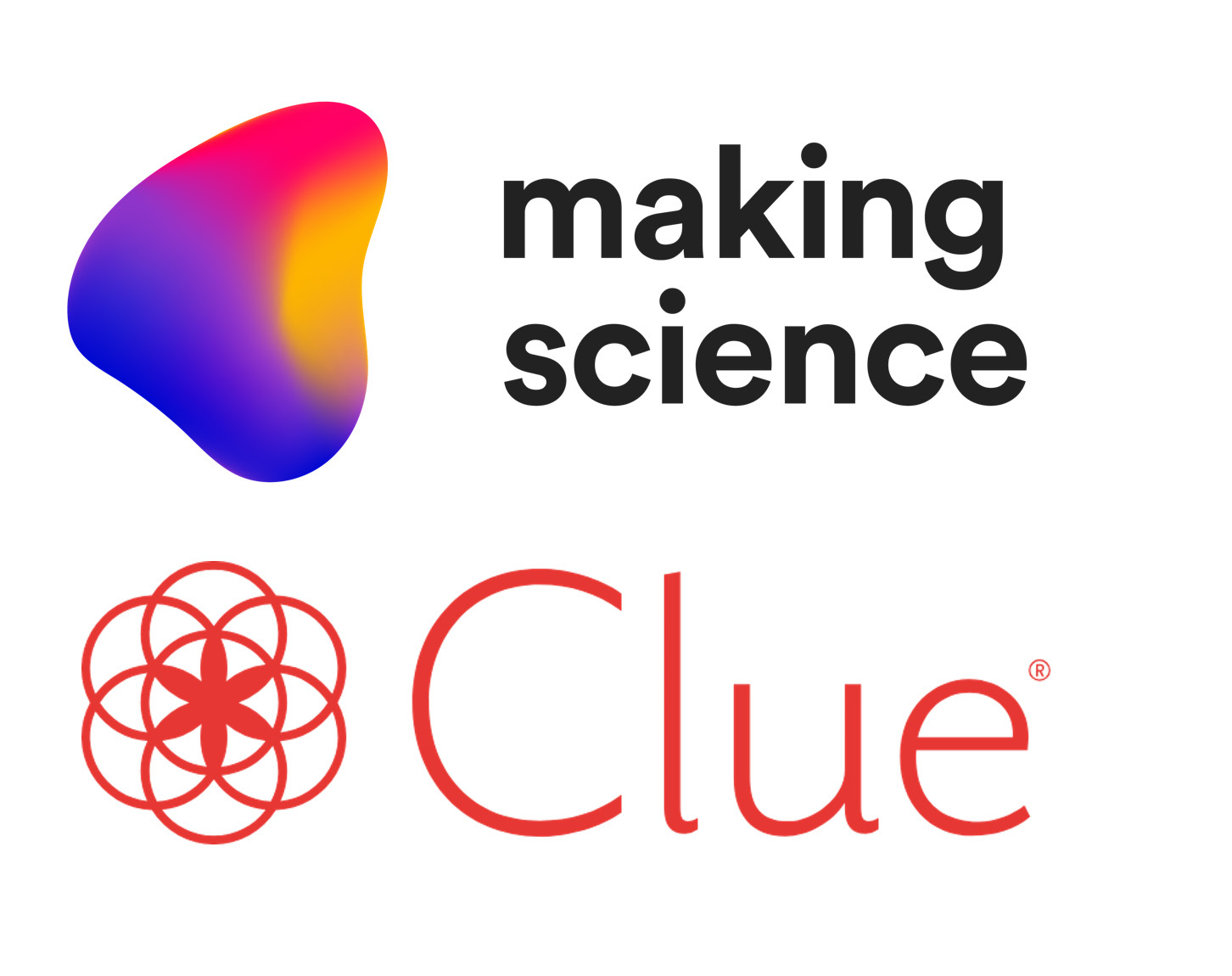 All aspects of this entry were marked as confidential, for the judges’ eyes only, but the strategy, execution and results, which were shared with the judges, convinced them that this entry from Making Science UK and Clue by Biowink GmbH should take the award in this category.
All aspects of this entry were marked as confidential, for the judges’ eyes only, but the strategy, execution and results, which were shared with the judges, convinced them that this entry from Making Science UK and Clue by Biowink GmbH should take the award in this category.
Judges’ View:
“This entry has a perfect description and well-written results. Enough information to do a comprehensive evaluation across all four parameters (strategy, innovation, execution, results). I have nothing but appreciation for it.”
Well be back tomorrow with a summary of more winning campaigns and platforms. In the meantime, you can see all the winners here.
Congratulations to all our winners. If youd like to be informed when the 2023 edition of the Effective Mobile Marketing Awards opens for entries, email: awards@mobilemarketingmagazine.com





